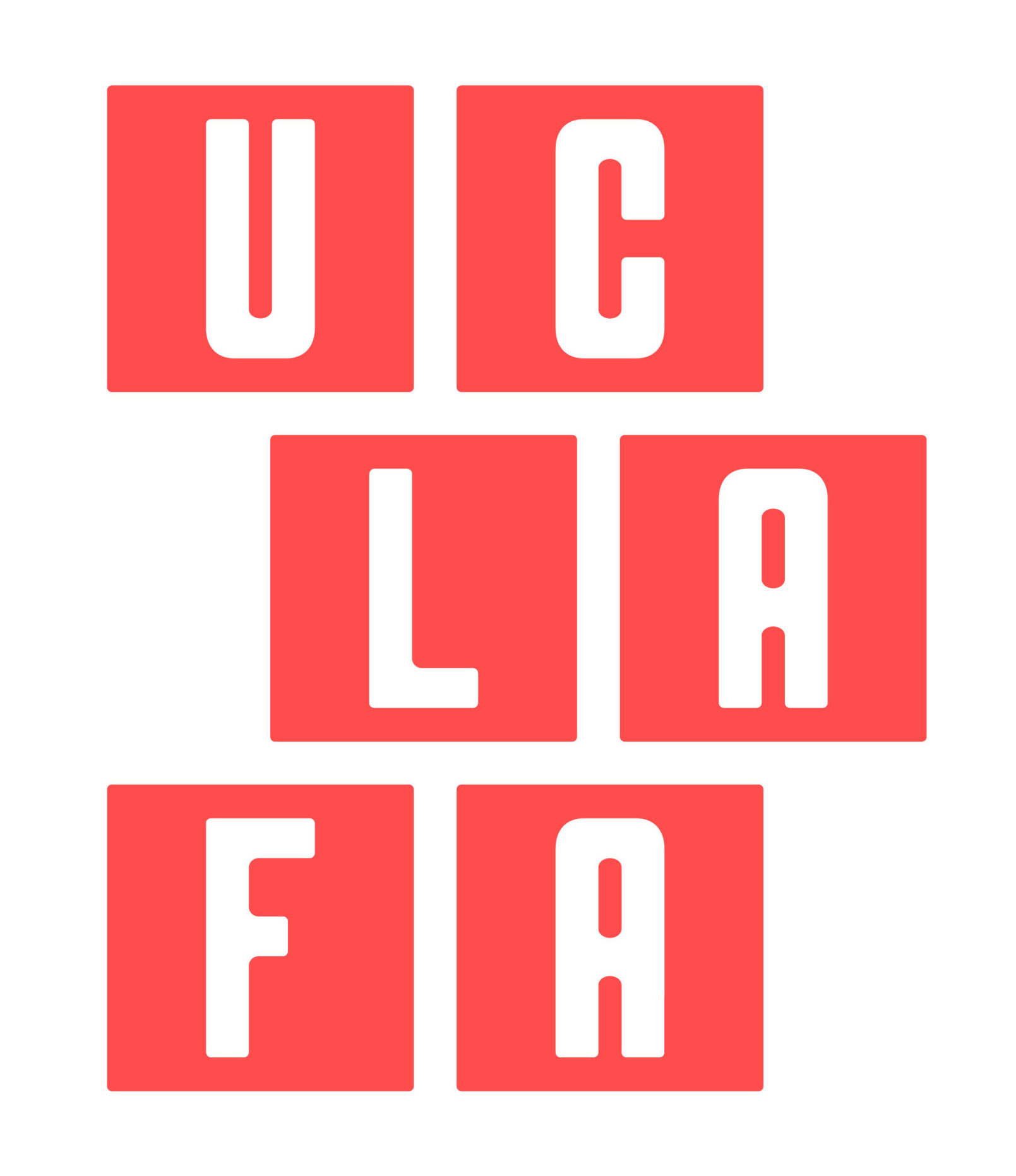UCLA History and Follow Up: Selection and Adverse Selection
The caption of this 1951 photo from the LA Public Library collection reads “Edward A. Dickson, chairman of the University of California Regents, signs contracts for UCLA’s $20,000,000 Medical Center, while architect Carl C. McElvy looks on.” The selection of the design for the original UCLA med center suggests a follow-up observation on our prior post about Anthem/Blue Cross dropping UCLA (and Cedars-Sinai) from its plan for LA City workers. Not surprisingly, there were some angry letters about that decision in the LA Times today. See http://www.latimes.com/news/opinion/letters/la-le-0923-sunday-cedars-ucla-anthem-20120923-4,0,5880599.story. Our prior post is at
http://uclafacultyassociation.blogspot.com/2012/09/there-will-be-repercussions.html
One of the letters to the editor asks why Anthem/Blue Cross did not continue coverage for those City employees willing to pay extra for the higher quality of UCLA and Cedars-Sinai. I don’t have any inside knowledge but one of the key problems in insurance – including health insurance – is adverse selection. Generally, the phrase means that those most at risk are most likely to take out insurance. But when that happens, the cost of insurance no longer reflects some average of the population but rises to reflect the increased risk. A dynamic process can be set in motion whereby the premiums rise, filtering out those of moderate risk, until all that are left are high risk individuals. In effect, the system can self-destruct. (Avoiding adverse selection is the rationale behind such the individual mandate in both the federal “Obamacare” plan and the Massachusetts “Romneycare” plan; everyone is in the pool.) It may be that a system for City workers in which those who wanted to stay with UCLA and Cedars-Sinai at a cost of out-of-pocket extra premiums was viewed as unsustainable.

